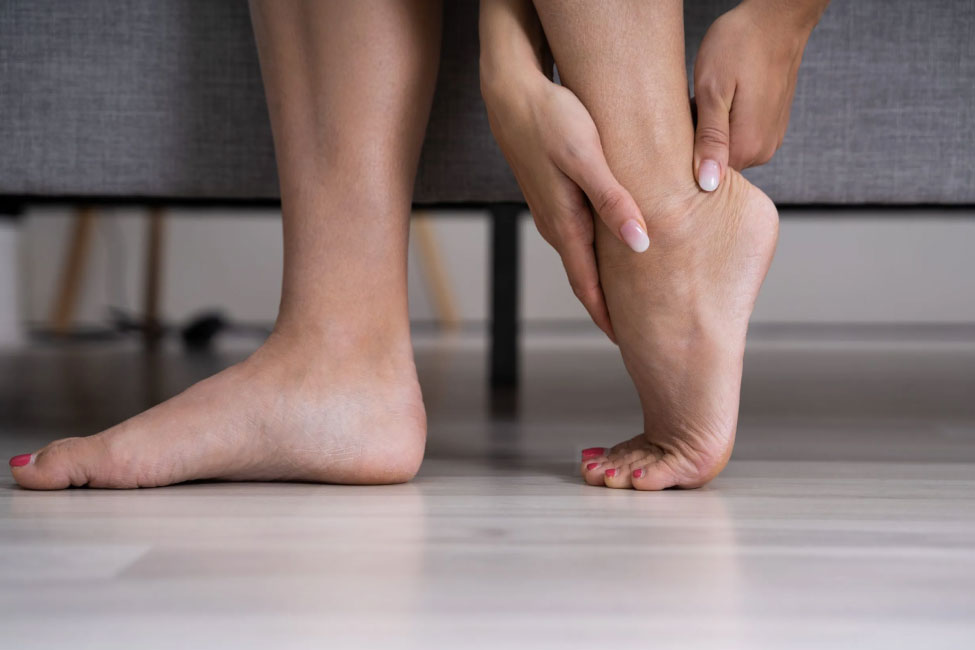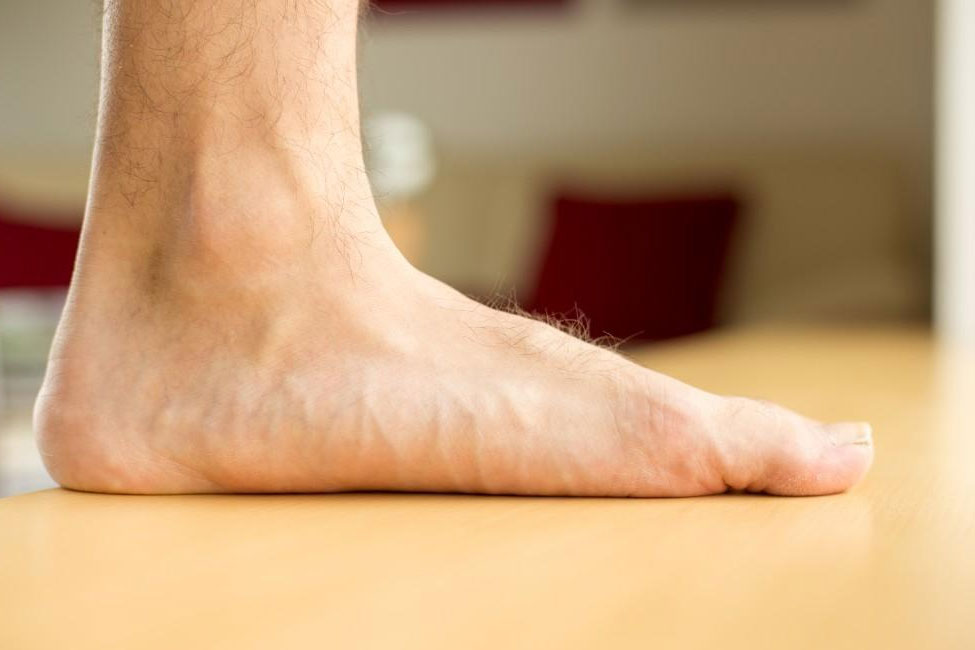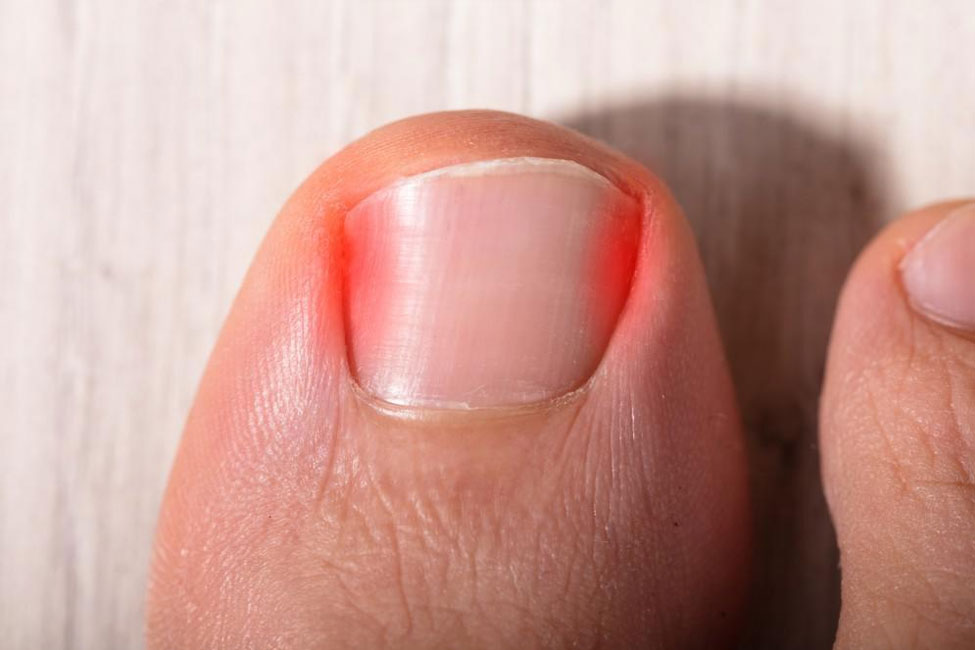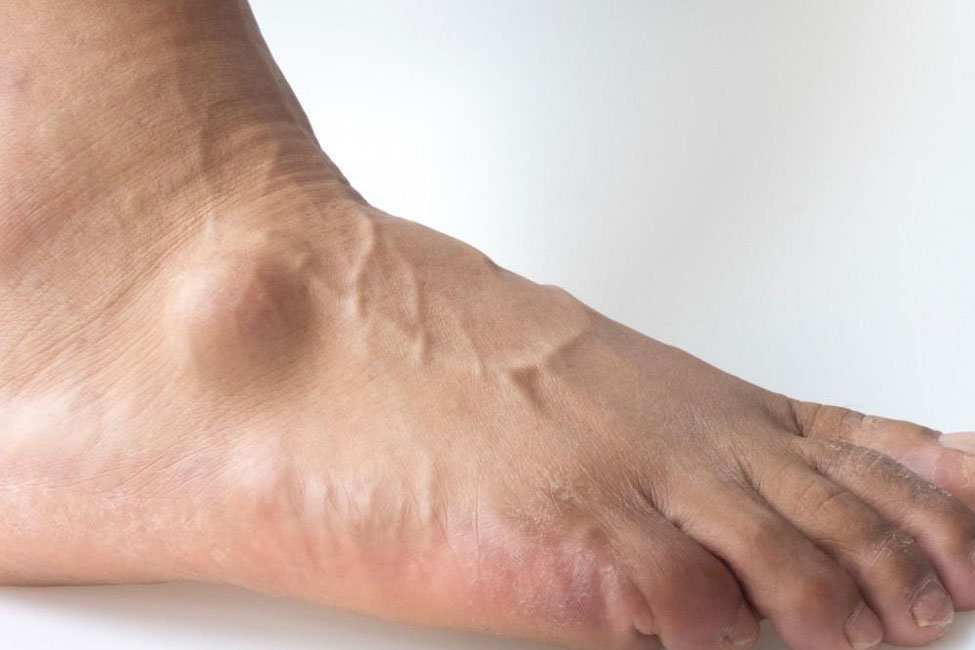Plantar Fasciitis: Causes, Symptoms, Treatment, and Prevention
What is Plantar Fasciitis?
Plantar fasciitis is a common foot condition that causes pain in the heel and the bottom of the foot. It happens when the band of tissue, called the plantar fascia, that connects your heel to your toes becomes irritated and inflamed.
How Common is Plantar Fasciitis?
Plantar fasciitis is quite common. It is one of the most frequent causes of foot pain. It can affect individuals of all ages, but it’s more common in middle-aged and older adults, athletes, and people who spend much time on their feet.
Causes of Plantar Fasciitis
Plantar fasciitis is primarily caused by excessive stress and strain on the plantar fascia, the thick band of tissue that supports the foot arch. Here are some common factors that contribute to the development of plantar fasciitis:
- Overuse or Overactivity: Engaging in activities that place repeated stress on the feet, such as running, walking long distances, or standing for extended periods, can lead to micro-tears in the plantar fascia, causing pain and inflammation.
- Improper Footwear: Wearing shoes with inadequate arch support or poorly cushioned soles can strain the plantar fascia. High heels and flip-flops are examples of footwear that can exacerbate the condition.
- Obesity: Excess body weight can increase the load on the plantar fascia, making it more susceptible to injury and inflammation.
- Biomechanical Factors: Abnormal foot mechanics, like high arches or flat feet, can alter the way stress is distributed in the feet, increasing the risk of plantar fasciitis.
- Tight Calf Muscles: When the muscles in the calf are tight, they can pull on the Achilles tendon, which, in turn, can affect the tension in the plantar fascia.
- Ageing: The plantar fascia loses elasticity with age, making it more prone to injury and inflammation.
- Sudden Increases in Activity: Rapid physical activity or intensity without adequate conditioning can strain the plantar fascia.
- Occupational Factors: Jobs that require prolonged standing or walking on hard surfaces can contribute to plantar fasciitis.
- Poor Foot Mechanics: Abnormal gait patterns or walking mechanics can increase stress on the plantar fascia.
Symptoms of Plantar Fasciitis
Plantar fasciitis can cause various symptoms, typically centred around the bottom of the foot and the heel. Common signs and symptoms of plantar fasciitis include:
- Heel Pain: The most prevalent symptom is a sharp, stabbing pain in the bottom of the heel. This pain is usually most severe with the first steps in the morning or after periods of rest. It can also intensify after prolonged standing or physical activity.
- Arch Pain: Some individuals may experience aching or discomfort in the foot’s arch, as the plantar fascia extends across this area.
- Stiffness: Many people with plantar fasciitis report stiffness in the affected foot, especially in the morning or after extended periods of inactivity.
- Pain that Improves with Activity: Contrary to the morning pain, the discomfort may lessen as you continue to move and stretch the affected foot. However, it can return after prolonged activity.
- Pain After Exercise: Physical activities that stress the foot, such as running or walking, can exacerbate the pain. The discomfort may linger after exercise or even worsen the following day.
- Tenderness: The bottom of the heel or the foot arch may be tender to the touch, especially near the insertion point of the plantar fascia.
- Swelling: Some people with plantar fasciitis may experience mild swelling in the heel area, although this is less common than other symptoms.
Diagnosis of Plantar Fasciitis
Diagnosing plantar fasciitis typically involves a combination of a medical history review, a physical examination, and, in some cases, imaging studies. Here’s how healthcare professionals diagnose this condition:
- Medical History: The orthopaedic specialist will discuss your medical history and ask about your symptoms. They will inquire about when the pain began, its location, and any factors that make it better or worse. Be sure to provide a detailed account of your symptoms and activities.
- Physical Examination: A physical examination is a critical part of the diagnosis. The orthopaedic specialist will assess your foot, looking for signs of tenderness, redness, swelling, and structural abnormalities. They may also evaluate your gait (how you walk) and observe your range of motion in the affected foot.
- Palpation: The orthopaedic specialist may gently press on different areas of your foot to pinpoint the source of pain. This helps confirm the diagnosis and rule out other potential causes of foot pain.
- Imaging Studies: While a diagnosis can often be made based on the medical history and physical examination, imaging studies may be ordered in certain cases to rule out other conditions or to better look at the foot’s internal structures. Common imaging options include X-rays or, more rarely, ultrasound and magnetic resonance imaging (MRI). These tests can help identify issues like bone spurs or fractures.
- Differential Diagnosis: The orthopaedic specialist will also consider other conditions that can mimic the symptoms of plantar fasciitis, such as heel bursitis, tarsal tunnel syndrome, or stress fractures. Proper diagnosis is essential to ensure the appropriate treatment plan.
Complications of Plantar Fasciitis
Plantar fasciitis, if left untreated or poorly managed, can lead to several complications that may affect your overall foot health and quality of life. Some potential complications include:
- Chronic Pain: Untreated plantar fasciitis can lead to long-term or chronic foot pain, affecting daily activities and overall well-being.
- Altered Gait: Pain associated with plantar fasciitis may cause you to change how you walk to minimise discomfort. An altered gait can place additional stress on other parts of the foot, leading to secondary foot and leg issues.
- Heel Spurs: Over time, plantar fasciitis can lead to the development of bony growths called heel spurs. These spurs can cause additional pain and discomfort.
- Tendonitis: Compensatory changes in your gait or altered mechanics of the foot can lead to inflammation of other tendons in the foot, such as Achilles tendonitis.
- Stress Fractures: Chronic overuse of the foot due to untreated plantar fasciitis may increase the risk of stress fractures in the bones of the foot.
- Impact on Physical Activity: Persistent pain and complications can limit your ability to participate in physical activities, sports, or exercises you enjoy.
- Reduced Quality of Life: Chronic foot pain can affect your overall quality of life by limiting your mobility, causing discomfort, and impacting your mood and daily activities.
Treatment Options for Plantar Fasciitis
Plantar fasciitis can often be effectively managed with conservative treatment options. The choice of treatment depends on the severity of the condition, and most people find relief through a combination of these methods:
Rest
Giving your feet time to heal is crucial. Reduce or modify activities that aggravate the condition, especially high-impact activities like running or jumping.
Ice
Applying ice to the painful area for 15-20 minutes several times daily can help reduce inflammation and alleviate pain.
Stretching Exercises
Regular stretching of the calf muscles and the Achilles tendon can help relieve tension on the plantar fascia. Simple exercises like calf and toe curls and towel stretches can benefit.
Footwear
Supportive shoes with good arch support and cushioning are essential. Avoid flat shoes, high heels, and worn-out shoes. Some people benefit from orthotic inserts or custom-made insoles
Night Splints
Wearing a night splint that keeps the foot and ankle dorsiflexed (toes pointed up) can help maintain the length of the plantar fascia and reduce morning pain.
Anti-Inflammatory Medications
Non-steroidal anti-inflammatory drugs (NSAIDs), available over-the-counter or prescribed by a doctor, can help reduce pain and inflammation.
Physical Therapy
A physical therapist can provide exercises, stretches, and techniques to improve foot and calf muscle strength, flexibility, and balance.
Supportive Bracing
Sometimes, a brace or a walking boot may be recommended to limit motion and protect the plantar fascia during healing.
Corticosteroid Injections
An orthopaedic specialist may recommend corticosteroid injections to reduce inflammation and provide short-term pain relief in cases of severe pain. However, these should be used judiciously due to potential side effects.
Shockwave Therapy
Extracorporeal shockwave therapy (ESWT) is a non-invasive procedure that uses sound waves to stimulate healing and reduce pain.
Platelet-Rich Plasma (PRP) Therapy
PRP therapy involves injecting a concentrated solution of your blood platelets into the affected area to promote healing.
Surgery
Surgical intervention is rarely necessary but may be considered in severe, persistent plantar fasciitis that does not respond to other treatments.
Preventing Plantar Fasciitis
Preventing plantar fasciitis is often more effective and less painful than treating it. Here are some strategies to reduce your risk of developing this condition:
- Wear shoes with good arch support and cushioning.
- Consider orthotic insoles for added foot support.
- Stay at a healthy weight to reduce strain on your feet.
- Incorporate calf and foot stretches into your routine.
- Ease into new or more intense activities.
- Always warm up and cool down during exercise.
- Take breaks during long periods of standing.
- Stand and walk properly.
- Wear supportive shoes or slippers.
- If overweight, work on losing excess pounds.
- Choose the right shoes for specific activities.
- Pay attention to early foot discomfort.
- Use footwear on hard surfaces.
- Maintain regular physical activity for foot health.
Living with Plantar Fasciitis
Living with plantar fasciitis can be challenging, but with proper management and lifestyle adjustments, you can minimise its impact on your daily life. Here are some tips for living with plantar fasciitis:
- Follow your treatment plan from your orthopaedic specialist.
- Wear shoes with good arch support.
- Consider using orthotic insoles for extra foot support.
- Opt for comfortable, supportive footwear.
- Perform daily stretches for flexibility.
- Apply ice for pain and inflammation relief.
- Maintain a healthy weight to reduce foot strain.
- Reduce strenuous activities that worsen symptoms.
- Rest and elevate your feet to reduce inflammation.
- Use night splints for foot support while sleeping.
- Consider pain relievers as advised by your provider.
- Work with a physical therapist for foot strength and flexibility.
- Use recommended braces or boots for support.
- Consider these injections for short-term relief.
- Explore non-invasive therapy options.
- Pay attention to your body’s signals and adjust activities.
- Maintain a positive outlook during recovery.
- Stay in touch with your orthopaedic specialist for progress updates.
Living with plantar fasciitis can be challenging, but taking the right steps can effectively manage this condition and improve your quality of life. Remember, seeking professional advice and not ignoring your health is the key to a successful outcome.
If you’re experiencing symptoms of plantar fasciitis, it’s essential to consult with an orthopaedic specialist. Don’t delay getting the help you need to start your journey toward relief and recovery.
We recommend contacting a trusted orthopaedic specialist like The Orthopaedic Practice and Surgery Clinic to discuss your symptoms, get a proper diagnosis, and create a tailored treatment plan. Your health and well-being are worth the investment, so take that important step and request an appointment with them today. Your feet will thank you for it.













